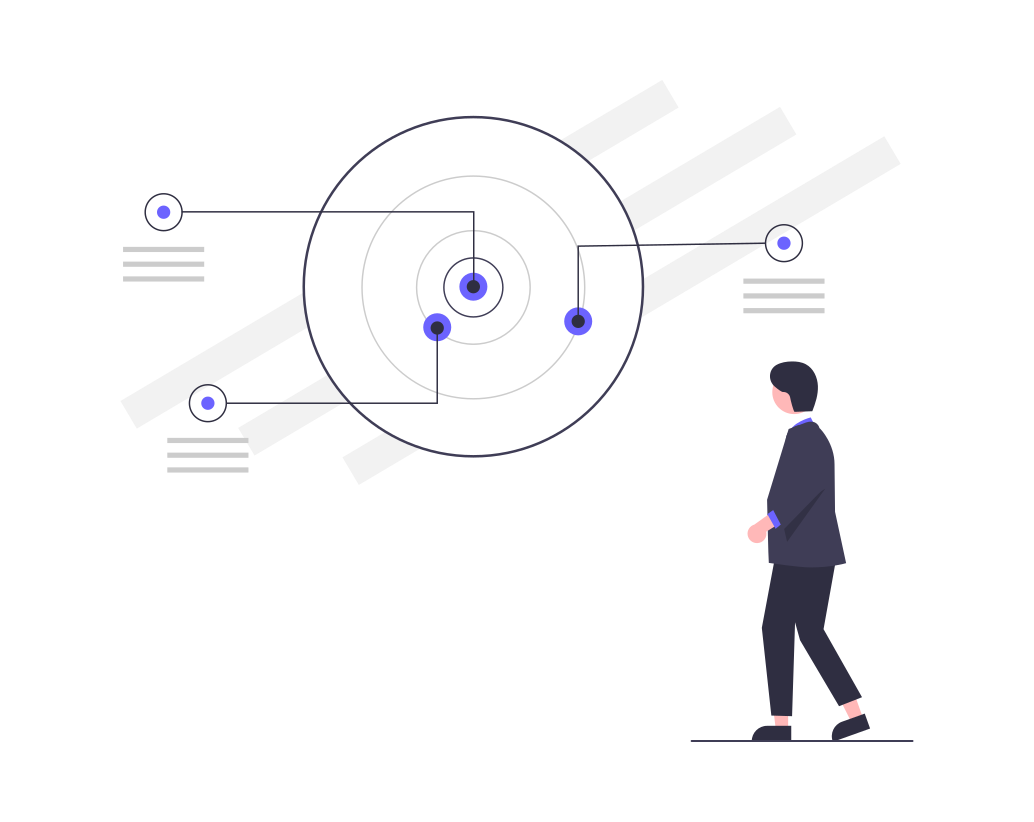In the competitive realm of B2B marketing, understanding the intent of potential buyers is crucial for crafting effective strategies. Intent data offers valuable insights into what prospective customers are actively researching and considering, allowing marketers to tailor their efforts more precisely. This blog explores the importance of intent data in B2B marketing and how businesses can leverage it to capture and utilize buyer intent.
Introduction to Intent Data
Intent data reveals the online behaviors and activities of potential buyers that indicate their interest in specific products or services. This data can be gathered from various sources, such as:
- Web Analytics: Tracking page visits, time spent on site, and content engagement.
- Search Queries: Monitoring keywords and search phrases used by prospects.
- Content Consumption: Analyzing whitepaper downloads, webinar registrations, and blog interactions.
- Social Media Activity: Observing engagement with relevant posts, shares, and comments.
Understanding these signals helps marketers identify prospects who are actively researching and evaluating solutions similar to what they offer.
Types of Intent Data
1. First-Party Intent Data
Collected directly from a company’s own digital properties, first-party intent data provides insights into how visitors interact with their website and content. This data includes page views, downloads, and form submissions, offering a clear picture of what interests the prospect.
2. Third-Party Intent Data
Obtained from external sources, third-party intent data tracks activities across various websites and platforms. This data provides a broader view of a prospect's online behavior and can help identify potential buyers who are researching competitors or related topics.
Key Benefits of Using Intent Data
1. Enhanced Targeting
Intent data allows marketers to focus their efforts on prospects who are actively seeking solutions, ensuring that marketing messages are directed at individuals who are more likely to convert. This targeted approach increases the efficiency and effectiveness of marketing campaigns.
2. Improved Personalization
With insights into what prospects are interested in, marketers can create highly personalized content and offers. Personalization based on intent data ensures that messaging is relevant and resonates with the prospect’s current needs and interests.
3. Accelerated Sales Cycles
Identifying buyers who are in the consideration or decision-making stages allows sales teams to engage with them at the right time. This timely engagement can accelerate the sales cycle, as sales representatives can address specific concerns and provide relevant information that helps prospects move towards a purchase decision.
4. Better Resource Allocation
By focusing on high-intent prospects, businesses can allocate their marketing and sales resources more efficiently. This targeted approach reduces wasted efforts on low-potential leads and maximizes the impact of marketing and sales activities.
Steps to Leverage Intent Data
1. Data Collection
Start by integrating tools that capture first-party intent data from your digital properties. Additionally, partner with third-party intent data providers to gain insights from a wider range of sources.
2. Data Analysis
Analyze the collected data to identify patterns and trends that indicate buyer intent. Look for signals such as frequent visits to product pages, multiple content downloads, and engagement with high-value assets.
3. Segment and Target
Segment your audience based on their intent data, grouping prospects by their level of interest and stage in the buyer’s journey. Use this segmentation to create targeted marketing campaigns that address the specific needs of each group.
4. Personalize Outreach
Develop personalized marketing messages and offers for each segment. Tailor your content to address the identified interests and pain points, ensuring that your outreach is relevant and compelling.
5. Monitor and Optimize
Continuously monitor the performance of your intent data-driven campaigns. Use metrics such as engagement rates, conversion rates, and sales cycle length to assess effectiveness and make necessary adjustments to optimize results.
Future of Intent Data in B2B Marketing
As technology advances, the capabilities of intent data will continue to evolve. Artificial intelligence (AI) and machine learning will play a significant role in enhancing the accuracy and predictive power of intent data. These technologies will enable businesses to identify subtle signals and trends, providing even deeper insights into buyer intent.
Moreover, integrating intent data with other data sources, such as demographic and firmographic information, will offer a more comprehensive view of prospects. This holistic approach will allow for even more precise targeting and personalization, driving higher engagement and conversion rates.


